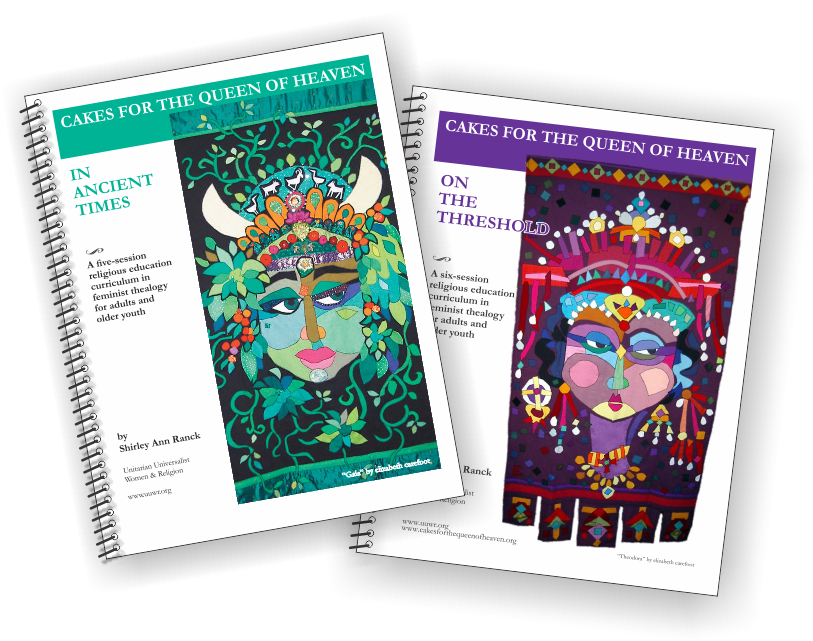On May 23, I’ll follow my annual routine for that day: I’ll wait for the gates to open at Mount Auburn Cemetery in Cambridge, Mass., park in a Visitor spot, then head toward the hill about a quarter-mile on. I’ll take a right on Pyrola Path, pass by McGeorge Bundy’s simple headstone, and climb a small rise to the left. There, I’ll enter the Fuller family lot.
Yes, geodesic-dome inventor Bucky Fuller lies there, his gravestone etched with his most famous invention. He shares a marker with his wife, Anne Hewlett, most appropriate as they died within hours of each other a quarter-century ago. Seeing their headstone alone is worth the visit. But on this day, I’ll pay homage to a different family member, Bucky’s great-aunt, on her 199th birthday.
I make the annual pilgrimage because Margaret Fuller has been an inspiration since I accidentally discovered her. I was twenty-seven at the time and doing research for an American history textbook when the encyclopedia fell open to Fuller’s entry. I’ve been a “Margaret Fullerene” ever since.
What is so compelling about this nineteenth-century woman? Margaret Fuller was one-of-a-kind. As a child, she behaved, thought, and spoke like an adult; as an adult, she took life-threatening risks, stuck her long neck out, always spoke her well-informed mind, and lived a rich, complex, creative, much-too-short life.
The Transcendentalists’ Transcendentalist, Fuller was probably the great genius among them, certainly the most widely published while she was still alive, and likely the best traveled. Without benefit of Harvard (Emerson and Thoreau) or Bowdoin (Hawthorne) or even Bronson (father of Louisa May) Alcott’s primary school where she taught, Fuller was fluent in Latin, Greek, German, French, and Italian. At twenty-four, she published her first article, “In Defense of Brutus,” in a Boston newspaper, allying herself with Caesar’s assassin; at twenty-nine, the same year she assumed editorship of The Dial, The New Yorker of its day, she published her translation of “Eckermann’s Conversations with Goethe.” She published six books in all during her lifetime when the American publishing industry was still in infancy.
At thirty-four, Fuller was the first woman in America to have a Page-One newspaper byline. She spent six years at Horace Greeley’s New York Tribune, the last three as a foreign correspondent covering the Roman Revolution (making her the first American woman foreign correspondent). In eighteen months, this polymath published two hundred and fifty articles—on literature, art, music, and politics, travelogues, profiles, and front-line battle reports from the war in Italy. She was the original blogger. And, in her final two years, she was a working mother.
With all that, she is known best for one single essay, hastily written in 1843. In the summer of that year, The Dial published her abstrusely titled piece, “The Great Lawsuit: Man versus Men, Woman versus Women." The issue sold out almost immediately. Two years later, publisher Greeley and McElgrath brought out the first edition of that treatise as a book, Woman in the Nineteenth Century. Incredibly, it’s still in print today.
Fuller objected to the new title for the book. Her essay explored the nature of both men and women, she said. “Man” could not fulfill his potential, she believed, until “Woman” fulfilled hers. Heady stuff for its time when mere whisper of women’s rights set off alarms. Fuller wanted it all for women—as thinkers, voters, governors, carpenters, mothers, “sea captains,” and anything else they desired—and she wanted it all for men.
A mystic, she also looked beyond the headlines—way beyond, to other realms. “The stars,” Fuller wrote, “tell all their secrets to the flowers, and, if we only knew how to look around us, we should not need to look above.”
When Fuller, her husband, Marquis Giovanni Ossoli (while in Rome, she married the impoverished Italian nobleman fighting against the Papists), and their little son, Nino, sailed back to the U.S. from Italy in the summer of 1850, she said she had a premonition that the trip would not end well. The ship got caught in a storm one hundred fifty yards off the coast of Fire Island, New York, hit a sandbar, and broke up. Those on shore watched the ship go down and the last passengers with it, including Fuller. Neither her body or Ossoli’s was found; their young son is buried at Mount Auburn. Her manuscripts from the Roman years went down too, never to be recovered.
And so every May 23, I return to the one place on earth that honors Margaret Fuller, where perhaps her spirit passes from time to time. There, not far from Bucky’s grave, stands a six-foot monument with Margaret’s profile chiseled in granite. Beneath it is a slate slab with a twenty-four line inscription that captures the spirit of this remarkable woman. It begins:
“Born a child of New England, By adoption a citizen of Rome, By genius belonging to the World.”
Jessica Lipnack, co-author of six non-fiction books, has written a novel about the return of Margaret Fuller.



